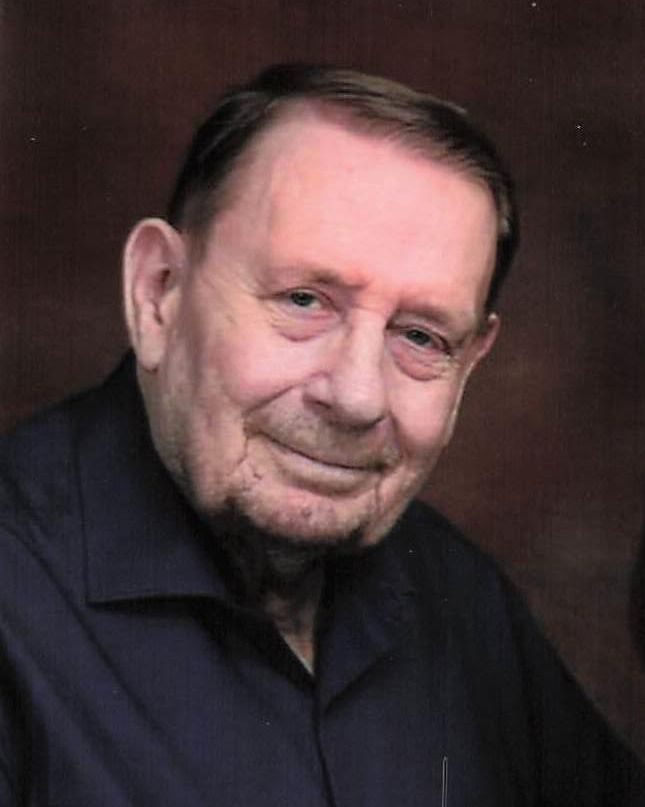Letter to the Editor: Let’s make essential healthcare, including abortion care, accessible to all

First, a few definitions and clarifications.
Abortion
Centers for Disease Control and Prevention (CDC) definition of abortion: … a legal induced abortion is defined as “an intervention performed by a licensed clinician … that is intended to terminate a suspected or known ongoing intrauterine pregnancy and that does not result in a live birth.” This definition excludes management of intrauterine fetal death, early pregnancy failure/loss, ectopic pregnancy or retained products of conception.
Are states and jurisdictions required to report their abortion data to CDC? No, states and jurisdictions voluntarily report data to CDC for inclusion in its annual “Abortion Surveillance” report. CDC’s Division of Reproductive Health prepares surveillance reports as data become available. There is no national requirement for data submission or reporting.
Miscarriage and Spontaneous Abortion
A miscarriage (also called a spontaneous abortion), as defined by the Cleveland Clinic, is the unexpected ending of a pregnancy in the first 20 weeks of gestation. Types of miscarriage/spontaneous abortions are missed, complete, recurrent, threatened and inevitable.
Personal Note: This year I have had three women approach me with how distraught they were in reading their medical notes describing their miscarriage as an abortion.
Dilation and curettage (D&C)
The Mayo Clinic defines a D&C as a procedure to remove tissue from the inside of a woman’s uterus. Uses for a D&C would be uterine bleeding, bleeding after menopause, endometrial intraepithelial hyperplasia, uterine polyps, uterine cancer, clean the uterine lining after miscarriage or abortion.
Of the many articles you can choose to read on the care and treatment of maternal-fetal complications, including the above types of miscarriage/spontaneous abortion and ectopic pregnancy, there is no mention of abortion in the treatment of these conditions. It states this in the CDC definition above.
Add to the list preeclampsia, severe preeclampsia, incompetent cervix, premature rupture of membranes, placenta previa, placenta accreta and placental abruption. There is no mention of abortion in the treatment of any of these conditions.
Care and treatment articles do mention rest, fluids, maternal and fetal monitoring, medications, watching for infection, antibiotics, D&C of miscarriage remains, surgical procedures to improve the outcome for moms and/or fetuses and premature/early delivery by induction of labor or C-section.
There is no medical benefit to intentionally killing the fetus before prematurely removing it from the mother when medically necessary. For physicians with patients who have pre-existing cardiac, pulmonary, kidney or diabetes conditions, the goal has always been to care for the mother and fetus as long as both are doing well in hopes of reaching the viability stage for early delivery.
For mothers with cancer, the American Cancer Society says:
- Most often, cancer can be treated during pregnancy. For many types of cancer, studies generally haven’t found that ending a pregnancy to get treatment improves outcomes.
- When comparing cancers found at the same stage, the outcomes among pregnant and non-pregnant women with cancer are about the same.
- It is generally safe to give certain chemo drugs during the second and third trimesters.
Carrie Bross wrote in her Letter to the Editor, published in Muddy River News, “You learn your life is now at risk, the fetus won’t survive after birth and you have a decision to make. However, that decision is not yours to make because the government has banned specific types of medical care, leaving you with limited options.”
My answer? Help the mom and fetus to viability. Deliver the fetus early when necessary, even before viability. Early delivery by induction or a C-section has been the standard of care. No article mentions abortion as a treatment. Learn more about the diagnosis and treatment of conditions leading to spontaneous preterm birth in this story from the National Library of Medicine.
Bross also wrote, “A KFF Health News article dated May 2 says abortion bans can limit care for people who experience a miscarriage for reasons such as the procedures and medications used to treat a miscarriage can be the same for abortions.”
That is false. As stated above, abortion has never been a treatment for miscarriage. D&C is used for cleaning the uterus of miscarriage remains. Medications such as misoprostol have several indications for use.
Bross also wrote, “If the abortion ban language is not clear or bans these types of services, then the treating provider would be forced to determine how best to treat a patient within the confinement of the ban. Imagine discovering you are bleeding during your pregnancy while you live in a state with an abortion ban.”
Bleeding is a symptom of many of the conditions listed above. Abortion is not a standard treatment for any of these conditions. Treatment of all of these conditions has not changed — pre- and post-Dobbs v. Jackson and in states with and without abortion restrictions.
There should be no confusion with physicians treating pregnant women. But to assist each state with its abortion policies, the American Association of ProLife OBGYNs has written an open letter to the American College of Obstetricians and Gynecologists with an invitation to come together to improve education and patient outcomes for each state.
Colleen Maalouf
Quincy, Illinois
Miss Clipping Out Stories to Save for Later?
Click the Purchase Story button below to order a print of this story. We will print it for you on matte photo paper to keep forever.

